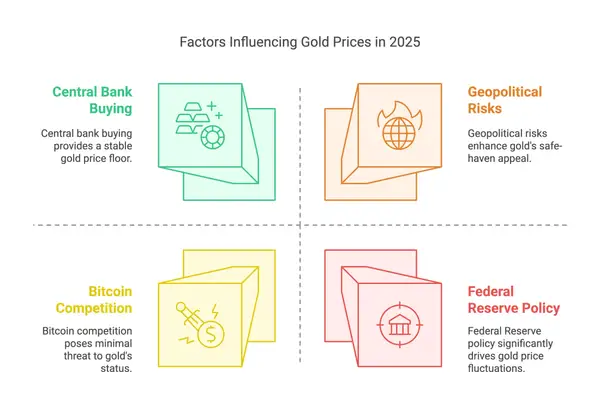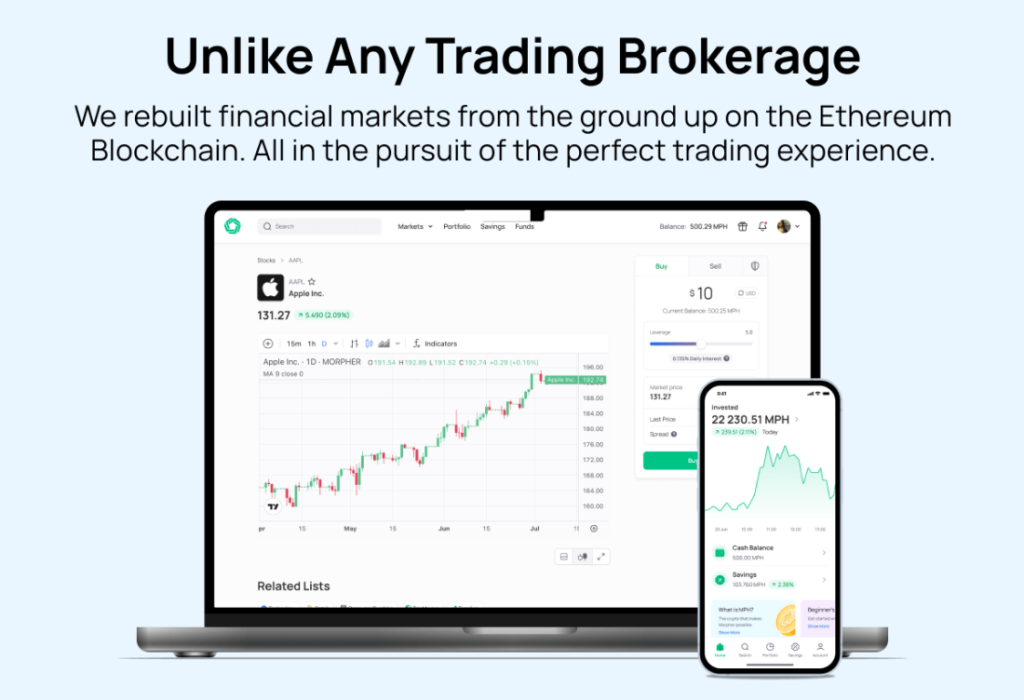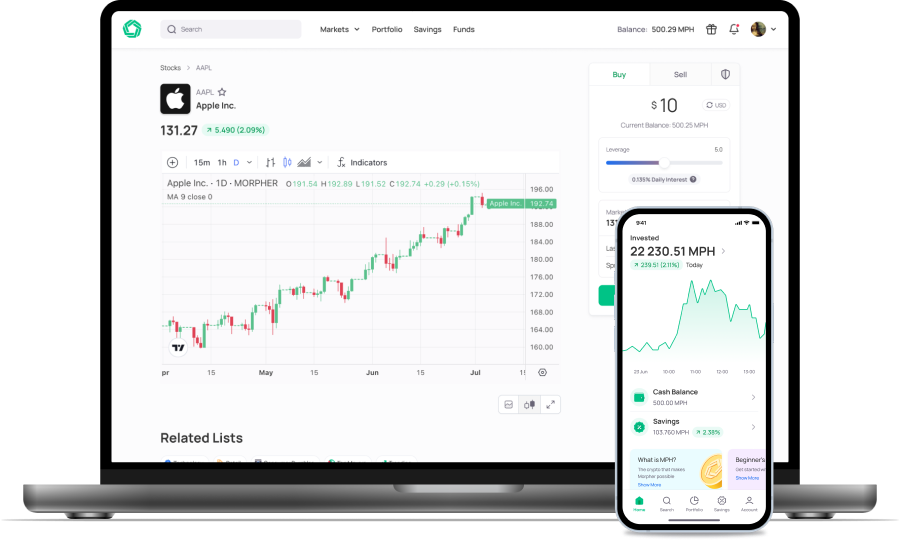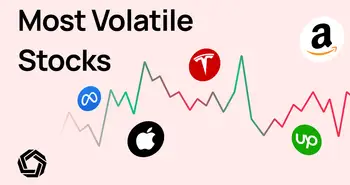2025 Gold Price Forecast: Updated Expert Analysis and Predictions

Gold isn’t just another asset, it’s a shield against uncertainty. When markets crash, inflation eats away at savings, or currencies lose their value, gold holds strong. That’s why central banks stockpile it, investors turn to it in times of crisis, and why it has remained a trusted store of value for centuries.
In 2025, gold is back in the spotlight, hitting record highs and proving its worth once again. With rising inflation, shifting interest rates, and global tensions shaping the economy, investors are looking for stability and gold is delivering. But is this rally just getting started, or are we nearing a
Gold’s Record-Breaking Start to 2025: What’s Driving the Surge?
Gold is on a tear. As February 2025 comes to a close, gold prices have soared to new highs, briefly touching $2,945 per ounce. Investors are increasingly turning to gold as a hedge against economic uncertainty, and the factors driving its rise are more complex than ever.
Several global developments have converged to push gold into the spotlight. The surge in gold prices isn’t an isolated event. This surge reflects a broader sentiment shift in global markets. As investors brace for potential economic headwinds, the question remains: how high can gold go in 2025? Let’s break down the key drivers, expert forecasts, and how traders can position themselves in this evolving market.
What’s Driving Gold Prices in 2025?

The gold market is shaped by a mix of economic forces, with some factors strengthening its bullish outlook while others pose risks of a correction. Here’s what’s influencing the price action this year:
1. The Federal Reserve’s Policy and Interest Rates
Gold prices are heavily influenced by Federal Reserve decisions, particularly around interest rates. While inflation has eased somewhat from 2024 levels, the Fed’s stance remains a key factor in gold’s outlook. If the Fed pauses rate hikes or signals cuts, it could push gold even higher, as lower yields reduce the opportunity cost of holding non-yielding assets like gold.
If inflation remains persistent and the Fed maintains a hawkish stance, gold’s momentum could slow, especially if real yields rise. At the moment, market expectations lean toward rate cuts later in the year, which could provide further support for gold prices.
2. Geopolitical Risks and Safe-Haven Demand
Geopolitical events have always played a role in gold’s safe-haven appeal, and 2025 is no exception. U.S.-China trade tensions are heating up again, with new tariff announcements impacting global supply chains. Middle Eastern conflicts continue to pose risks to global energy markets, indirectly influencing inflation and gold demand. The upcoming U.S. elections could bring policy shifts that impact market stability, increasing gold’s appeal as a hedge. With uncertainty dominating headlines, investors are increasingly shifting capital toward gold to protect against unpredictable global events.
3. Central Bank Gold Buying
A major driver behind gold’s long-term bullish outlook is sustained buying from central banks, particularly in China and emerging economies. China has been aggressively increasing its gold reserves in a move to diversify away from the U.S. dollar. Countries facing sanctions or currency risks are also stockpiling gold, reinforcing its demand as a strategic asset. Central bank demand provides a strong price floor for gold, preventing sharp declines and supporting long-term appreciation.
4. Gold vs. Bitcoin: The Battle for Safe-Haven Status
Gold isn’t the only asset benefiting from economic uncertainty. Bitcoin, often called “digital gold,” has also surged in 2025. But how do they compare as safe-haven assets?
Gold remains the preferred hedge for institutional investors due to its historical stability and regulatory clarity.
Bitcoin offers high upside but remains volatile, making it a riskier alternative in uncertain times.
While Bitcoin has gained traction, gold still dominates traditional markets as the go-to safe-haven asset. You can read our detailed breakdown in our article on Gold vs. Bitcoin as Safe Haven Assets.
Recap: Gold’s 2024 Performance and What’s Next in 2025?
Looking back at 2024, gold saw a strong rally, gaining nearly 14% over the year. Several factors contributed to its upward trajectory:
The Federal Reserve’s pivot toward a more neutral stance helped reduce selling pressure.
Inflation remained a concern, prompting more safe-haven buying.
Gold ETFs saw inflows, indicating increased investor confidence in gold as an asset class.
Heading into 2025, analysts see three possible scenarios:
1. A Continued Bull Run (Gold Above $3,000+)
If central banks continue buying gold and inflation persists, we could see gold breaking above $3,000 per ounce. Lower interest rates and geopolitical instability would fuel further gains.
2. A Stabilization Phase ($2,700–$2,900 Range)
If the Fed keeps rates steady and inflation gradually eases, gold may consolidate rather than rally sharply. Demand would remain strong, but without fresh catalysts for a breakout.
3. A Pullback ($2,500 or Lower)
If economic conditions improve faster than expected and the Fed adopts a more aggressive stance, gold could see a correction. A strong U.S. dollar and rising bond yields could put downward pressure on prices.
With these possibilities in mind, what are experts saying about gold’s trajectory in 2025?
Expert Predictions: Where Will Gold Go Next?
Market analysts and institutions have revised their forecasts to reflect gold’s strong start to 2025. Here’s what they predict for the rest of the year:
Goldman Sachs has raised its target to $3,100 per ounce, citing strong central bank buying and macroeconomic uncertainty.
UBS sees gold hitting $3,200, driven by geopolitical risks and interest rate expectations.
Citi is slightly more cautious, with a short-term target of $3,000, but still bullish on gold’s outlook.
Bank of America remains more conservative, suggesting gold could stabilize around $2,500 if inflation cools and the Fed resumes a tightening cycle.
The London Bullion Market Association’s expert survey found that most analysts expect gold to trade above $2,700 for the rest of 2025, with many calling for new all-time highs.While predictions vary, the consensus leans bullish, with gold expected to remain a key asset for hedging against uncertainty.
How to Prepare for the Gold Market in 2025
Gold’s rally has been explosive, and with volatility expected to persist, having a clear plan is crucial. The key isn’t just reacting, it’s positioning yourself to capitalize on trends while managing risk.
1. Follow the Macro Drivers
Gold moves with inflation, interest rates, and geopolitical risks. If the Fed cuts rates, gold could surge past $3,000. If inflation remains high, it strengthens gold’s appeal as a hedge. Trade tensions, elections, and economic uncertainty will also keep safe-haven demand strong.
What to do: Stay updated on Fed policy, inflation reports, and market sentiment to anticipate price swings.
2. Build a Smart Trading Strategy
Gold is a high-opportunity trading market. A flexible approach includes:
- Long-Term Exposure – Hold gold as a hedge against economic downturns.
- Active Trading – Capitalize on price swings with zero-commission trades on Morpher.
- Risk Management – Set clear entry/exit points, use stop-loss levels, and avoid emotional decisions.
What to do: Define your approach. Are you in for the long haul, or trading short-term moves?
3. Trade Gold Without the Extra Costs
Trading gold shouldn’t be expensive. Unlike traditional brokers, Morpher lets you trade gold with zero commission, meaning you keep more of your returns. No hidden fees, no complicated structures—just pure trading.
What to do: Start trading gold without fees and with fractional investments on Morpher.

Disclaimer: All investments involve risk, and the past performance of a security, industry, sector, market, financial product, trading strategy, or individual’s trading does not guarantee future results or returns. Investors are fully responsible for any investment decisions they make. Such decisions should be based solely on an evaluation of their financial circumstances, investment objectives, risk tolerance, and liquidity needs. This post does not constitute investment advice.

Painless trading for everyone
Hundreds of markets all in one place - Apple, Bitcoin, Gold, Watches, NFTs, Sneakers and so much more.

Painless trading for everyone
Hundreds of markets all in one place - Apple, Bitcoin, Gold, Watches, NFTs, Sneakers and so much more.










